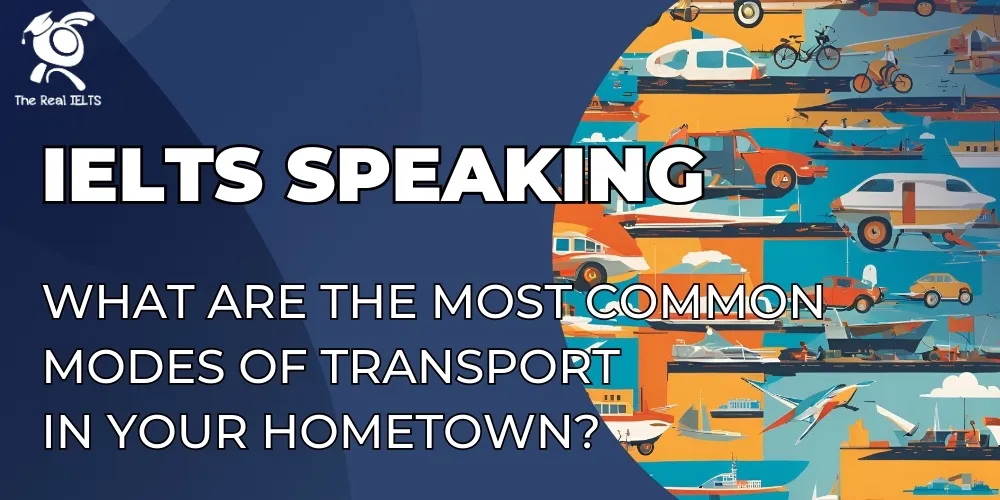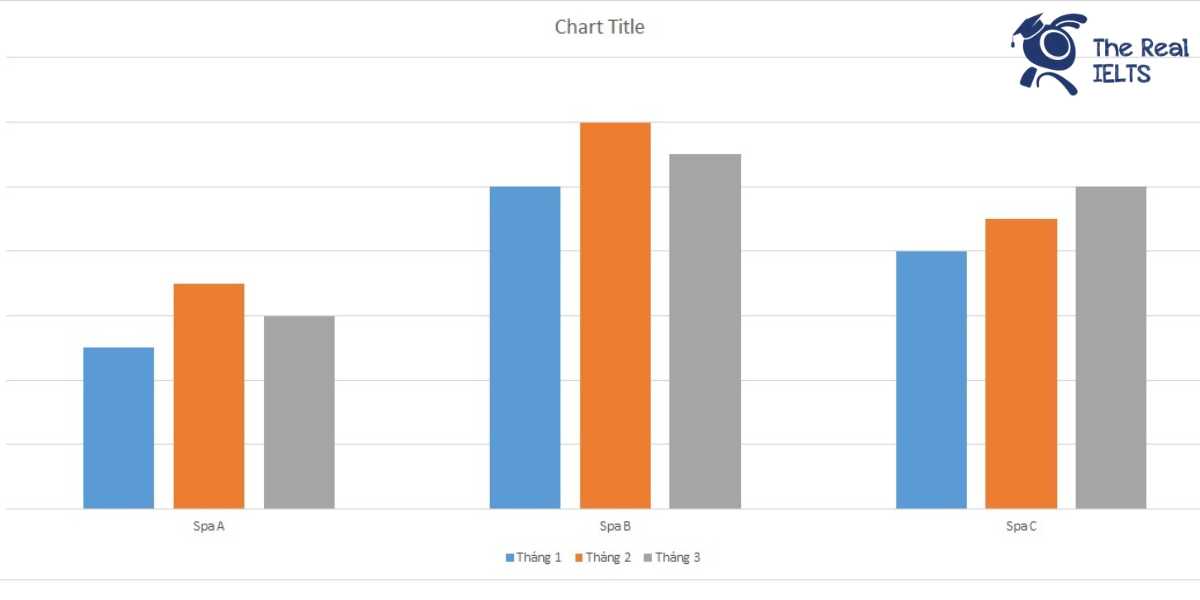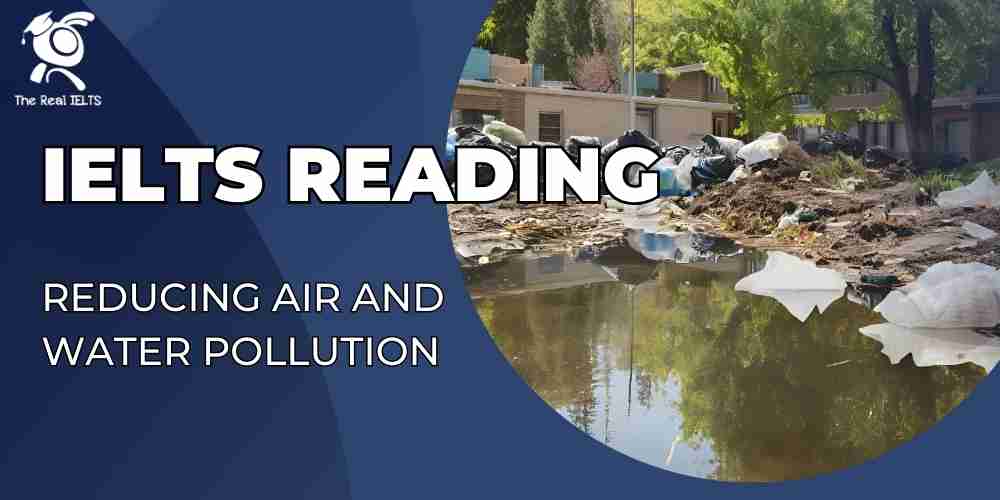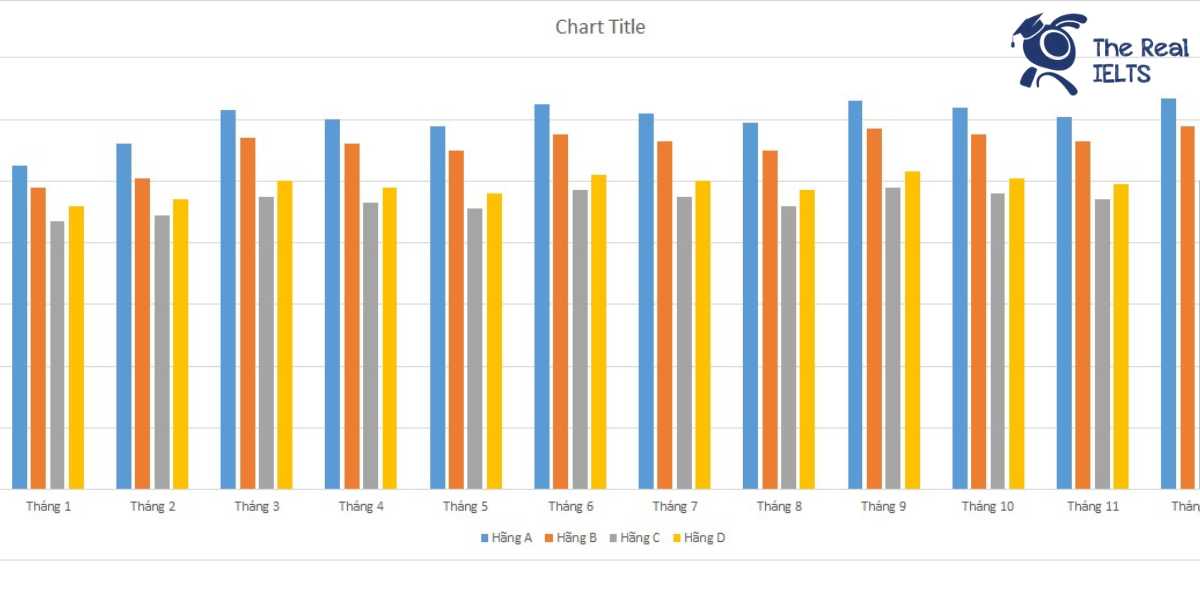IELTS Speaking: Phương tiện giao thông phổ biến nhất ở quê hương bạn là gì? Bài viết cung cấp từ vựng và ý tưởng về các phương tiện giao thông quen thuộc, phù hợp với chủ đề này.
Đọc thêm các bài luyện thi IELTS khác.
Đọc thêm câu hỏi khác tại: IELTS Speaking Part 1: Introduction and Interview chủ đề Your hometown.
Đọc thêm: IELTS Speaking: Do you think your hometown is an easy place to make a living?
Câu trả lời cho IELTS Speaking: What are the most common modes of transport in your hometown?
Ví dụ 1
Introduction: In my hometown, which is a bustling urban area in Vietnam, there are several modes of transport that people commonly use. The choice of transportation depends largely on factors such as distance, convenience, and affordability. The main modes include motorbikes, bicycles, buses, and taxis.
Body:
- Motorbikes: Motorbikes are by far the most popular mode of transport in my hometown. They are used by people of all ages, from teenagers to older adults. One reason for this is that motorbikes are very convenient for navigating through the busy streets, especially during rush hours when traffic can be very congested. They also offer flexibility in terms of where you can go, as they can easily maneuver through narrow lanes or small alleys. However, motorbikes can sometimes be dangerous due to reckless driving and lack of safety measures.
- Bicycles: Bicycles are also commonly seen, especially among students and people living in more residential areas. Many people use them for short trips, such as going to work, school, or the market. Cycling is not only an environmentally friendly choice, but it is also inexpensive. However, because of the hot and humid climate, cycling is more popular during cooler parts of the day, such as early morning or evening.
- Buses: Public buses are another popular option, especially for people who need to travel longer distances within the city. They are affordable and can accommodate a larger number of passengers compared to motorbikes. Buses are also considered to be safer than other modes of transport. However, the downside is that buses are often delayed due to traffic congestion, and the routes can be somewhat limited depending on where you’re traveling.
- Taxis and Ride-Hailing Services: For those who prefer comfort and convenience, taxis and ride-hailing services like Grab are widely used. These options are more expensive compared to public transportation but are ideal for people who want to avoid the hassle of public transport or need to reach specific locations quickly. Ride-hailing services, in particular, have become increasingly popular due to their convenience and ease of use via smartphone apps.
Conclusion: In summary, the most common modes of transport in my hometown are motorbikes, bicycles, buses, and taxis. While each mode has its advantages and disadvantages, people choose based on factors like convenience, cost, and travel distance. However, as the city continues to grow, there are efforts to improve public transport options and reduce traffic congestion, which will likely influence the future of transportation in the area.
Ví dụ 2
The most common modes of transport in my hometown are motorcycles, bicycles, buses, and cars. Each of these plays a significant role in the daily lives of the residents, depending on their needs, budgets, and preferences. Let me elaborate on each of these options in detail.
First and foremost, motorcycles are undoubtedly the most popular form of transportation. They are affordable, versatile, and highly convenient, especially for navigating through the narrow streets and heavy traffic that are typical of my hometown. Moreover, motorcycles are cost-effective, which makes them accessible to people from various income levels. I would say that nearly every household has at least one motorcycle, and it’s a preferred choice for both short commutes and longer journeys.
Bicycles are also quite common, particularly among students and individuals who are conscious of their health or the environment. They are not only an economical option but also a way to stay fit. In recent years, with the growing awareness of environmental issues, the use of bicycles has been promoted more actively by local authorities. Additionally, many tourists enjoy cycling as a way to explore the scenic areas of my hometown.
Public buses are another widely used mode of transport, especially for people who need to travel longer distances within the city or to surrounding towns. They are relatively cheap and can accommodate a large number of passengers. However, the bus system in my hometown can be a bit inconsistent, with delays and overcrowding during peak hours being common complaints. Despite these drawbacks, buses remain a lifeline for many residents who don’t own personal vehicles.
Lastly, cars are becoming increasingly common as the standard of living improves. Although they are considered a symbol of status and comfort, they are not as practical as motorcycles or bicycles when it comes to maneuvering through crowded streets. Moreover, owning a car comes with additional costs, such as fuel, maintenance, and parking fees, which are not affordable for everyone. As a result, cars are mostly used by middle- to upper-class families or for special occasions.
Overall, I believe the transportation options in my hometown reflect the diverse needs and preferences of its people. While motorcycles dominate the roads, bicycles and buses are critical for those seeking affordable and eco-friendly alternatives. Cars, on the other hand, are gradually becoming more prevalent but remain out of reach for a large segment of the population.
To sum up, the variety of transportation modes available ensures that everyone can find a suitable way to get around, whether they prioritize speed, cost, or sustainability.















